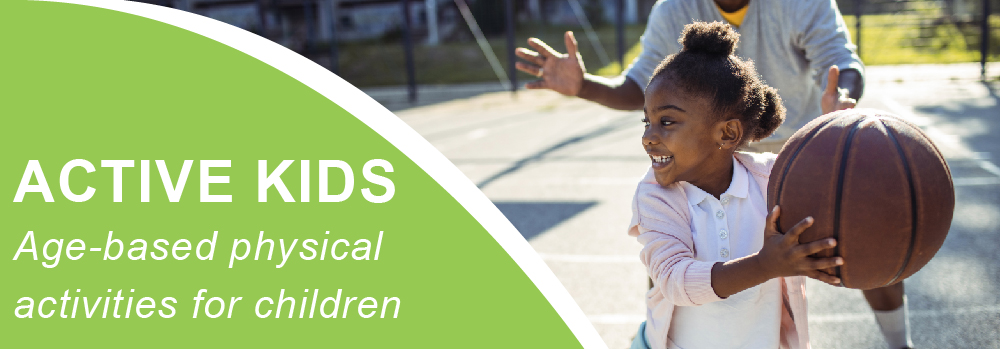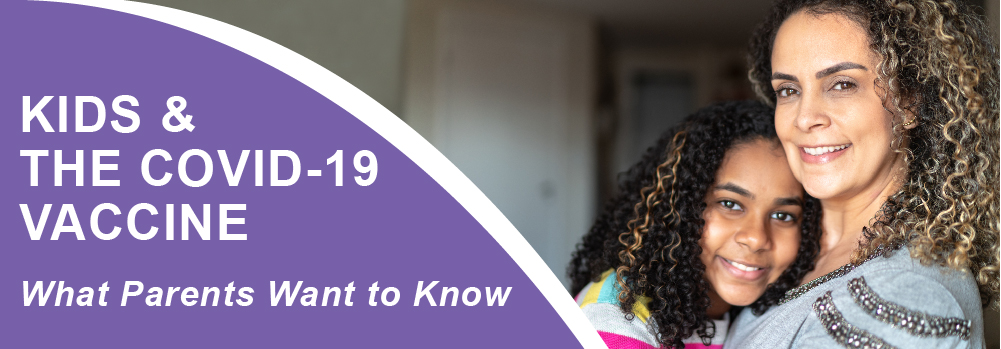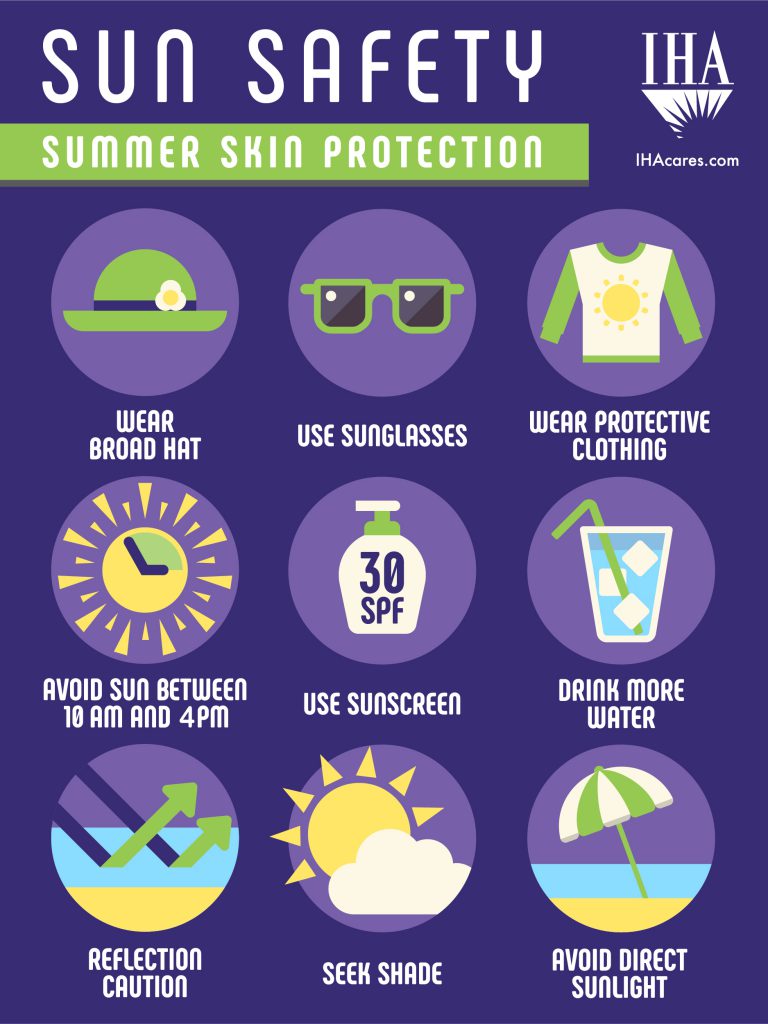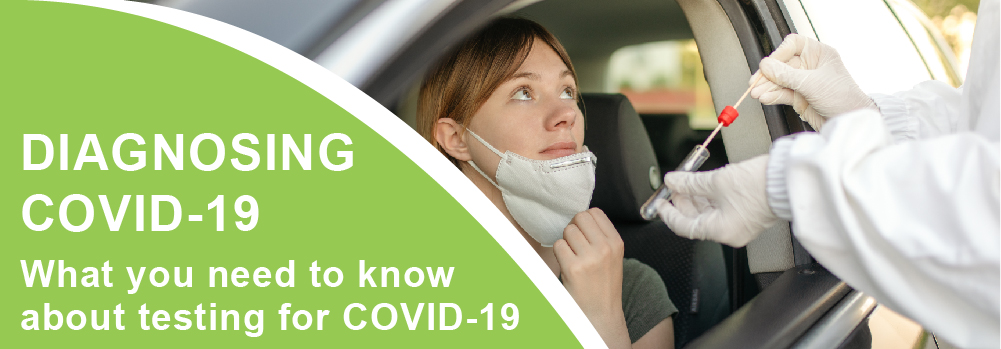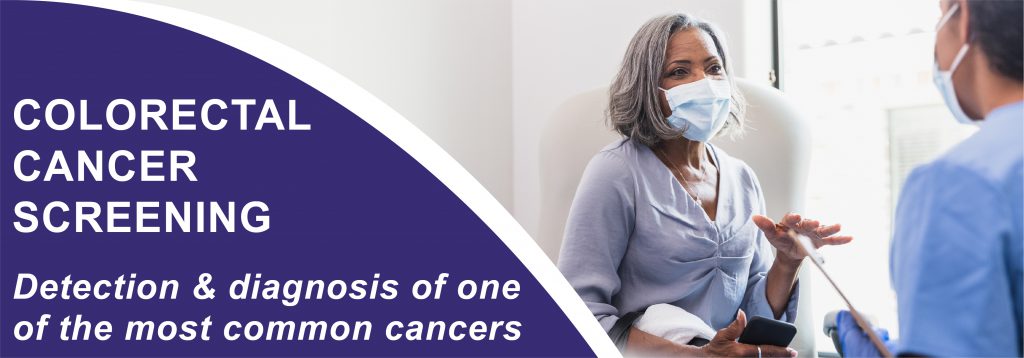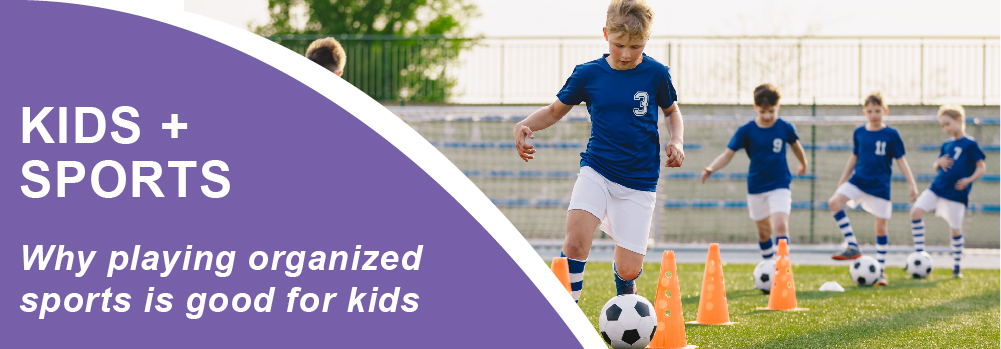
Why playing organized sports is good for kids
by Melissa Ayoub Heinen, DO, MPH
After a year of COVID-19 restrictions, school closures and sports cancellations, we’re finally seeing steps back to “normalcy” amidst the chaos. For young athletes, it’s time to get back on the soccer field, tennis court, football field or baseball diamond. It’s a time to get active, connect with friends and enjoy some friendly (or fierce) competition.
If everyone obeys the state-mandated rules, our youth can safely compete again.
Getting involved in a youth sport allows kids to learn physical and social skills in a team-based environment. With a plethora of choices available, it can be hard to choose the right sport for them. Parents should follow the child’s lead and interests when enrolling them in a new activity. The emphasis should be on the enjoyment of the sport, not on winning. You may find it takes your child a few tries to find a good fit, but with some research and a good sideline cheer section, you’ll find one that best fits their interests and the family schedule and budget.
Health Benefits of Sports for Kids
Reduced risk of obesity. For many kids screentime has replaced physical activity. Getting involved in an organized sport with a schedule, a coach and a team create accountability and motivation to show up and be physically active. Pediatricians are finding that children who are physically active outside of school are more likely to maintain a normal, healthy weight.
Physical development. Participation in a sport will help your child with coordination, motor skills and muscle development. Kids also learn new skills or how they can use their bodies in different ways depending on the sport.
Social skills. Communicating using text has become the norm for most young people. Being part of a team means learning to communicate verbally and non-verbally with other people. Learning to work with others and support people on a team are skills that will provide lifelong benefits.
Confidence. Children develop self-confidence when they find success in something they enjoy doing. Sports provide many options for a child to find their niche and excel as an individual and as team.
Sportsmanship. Learning to be fair, how to handle defeat with grace and respect for coaches, referees, teammates and opponents are valuable lessons for people of all ages.
Have fun! According to the American Academy of Pediatrics, “When children have fun playing sports, they are more likely to remain involved in athletic programs and stay physically active throughout childhood, realizing lifelong health benefits for the developing body, brain and self-worth.” It’s important for coaches and parents to remain positive, encourage the team to try hard and create positive team dynamics.
Friendship. Participation in any extra curricular activities can result in forming life-long friendships. Encourage your child to talk to their teammates. To help your child begin to forge relationships, encourage them to play catch before practice starts, meet on off-days to work on skills, or get together to play at each other’s houses.
If your child is in middle school or older or is in a cheerleading or football program, and they plan to play an organized sport, they will need a sports physical this year. IHA Pediatrics performs Sports Physicals 6 days a week. You do not have to be an IHA patient to schedule. Visit ihacares.com/pedsappts and select an “office visit” appointment at a time that works for you and your family.
We are also offering extra availability on the following Saturdays. Call your IHA Pediatric Practice to schedule:
• Saturday, June 12, 2021 | 8:30 am – 12:00 pm
• Saturday, July 17, 2021 | 8:30 am – 12:00 pm

